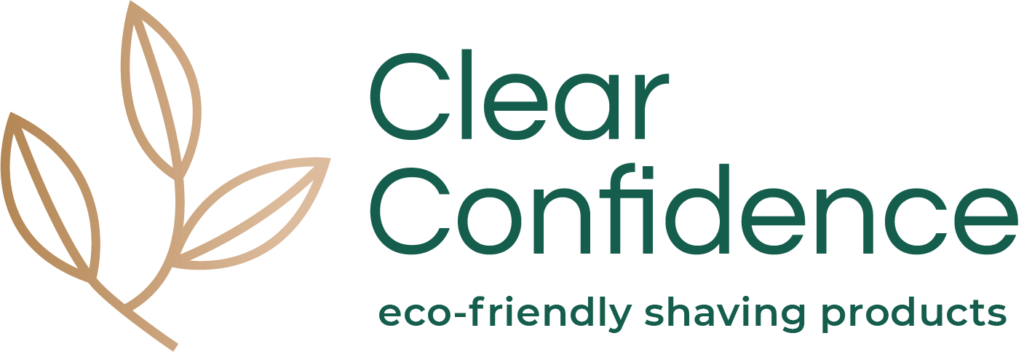Acne Questions
Types of Pimple
It’s not pleasant but it’s important to take a look at the different types of pimple. They are a more varied bunch than you might think and it can be helpful to understand the differences.
Table of Contents
The most common types of pimple: Whiteheads
A whitehead pimple is a small lump that forms when dead skin cells, oil, and bacteria become trapped in your pores. Whiteheads are mild forms of pimples and very common. They usually sort themselves out within a few days but they can be a pain and make us feel self-conscious.
Whiteheads are the result of blocked pores. The oily portions of your face—such as the nose, chin, and forehead—are the most prone to whiteheads. The trapped oil in the skin swells and turns into a white lump. It’s the same process as a blackhead but the whitehead closes over. When you pop a whitehead you break the thin film that protects it from the air.
Whiteheads can be avoided with a combination of lifestyle changes and treatments. When whiteheads do appear it is easy to treat them. You can pop them without much fuss or use products containing benzoyl peroxide, tea tree oil, and the like.
The most notorious types of pimple: Blackheads
A blackhead is a small bump that appears on your skin due to clogged hair follicles. These bumps are called “blackheads” because they look dark or black. When squeezed they are normally an oily, orange colour.
Common and annoying, blackheads form when a clog or plug develops in the opening of hair follicles in your skin. Each follicle contains one hair and a sebaceous gland that produces oil, called sebum, which helps to keep your skin soft.
Dead skin cells and oils collect in the opening to the skin follicle, producing a bump. When the skin over the bump opens, exposure to the air causes the oil to look black and a blackhead forms.
Blackheads can vary in size depending on the gland, the area they form, and their age. Some are tiny and easily squeezed, some are much larger and contain much more oil, dead skin, and other debris.
The most hygienic way to squeeze a blackhead is with a professional pimple popping tool – a comedone extractor. If you use your fingers you could introduce even more dirt and bacteria into the spot, making it worse.
Papules
A papule is an area of abnormal skin tissue that is less than 1 centimetre around and has distinct borders appearing in a variety of shapes. Papules occur when the wall of a hair follicle breaks and caves in – the visible inflammation is due to white blood cells rushing in.
Papules are often called skin lesions, which are essentially changes in the colour or texture of your skin. Often, papules cluster together to form a rash. These can be caused by a number of conditions that affect the skin, but dermatitis, chickenpox, and eczema are among the most common.
The best approach is to keep papules clean and dry and not to squeeze them.
Pustules
A pustule is a small bump on the skin that is filled with fluid or pus in the top layer of skin or beneath the skin. These bumps can form on any part of the body, but they are most common on the back, neck, chest, and face. Pustules frequently form in sweat glands or hair follicles.
Basically, a pustule is a little pocket full of pus. Not pleasant, you were warned. The bumps are usually white, or red with white in the centre. The bump may be painful to the touch and the skin around the bump may be red and inflamed.
Popping a pustule is often tempting as it reduces the size, but it in long run it may leave back scars and trigger infections.
Nodules
A nodule is a growth that forms under your skin. A nodule may be filled with inflamed tissue or a mixture of tissue and fluid. Although they are grouped together with whiteheads, blackheads, and pustules they are a much more extreme form of pimple.
Nodules are larger than the typical pimple bumps, and they look like raised ovals covered by skin. The collection of coloured fluid within a nodule may indicate an infection.
Nodules are usually harmless and are made of inflamed tissues that collect together to form a lump. But they can be alarming as they are not obviously a form of pimple.
Cysts
A cyst is a type of acne characterized by deep and inflamed breakouts. These blemishes that follow will be large, inflamed, and cause very soft red lumps of cysts which are formed under the surface of the skin that generally lead to pain.
The cysts are filled with fluids which contain dead cells, bacteria, and white blood cells. They generally appear on the face, neck, back, and chest. It’s most commonly found in teenagers due to the massively fluctuating hormones but can happen at any age.
Cystic acne can cause low self-confidence and be painful. There can be the temptation to squeeze and pick away at the spots but this can make it worse by causing bleeding. In the short term that leads to unsightly scabs and in the long term can lead to permanent scarring. A doctor can prescribe medication, creams, and washes that will help.
If you are concerned about your acne, or you aren’t sure what types of pimple you have and how best to treat them, you should see your GP, visit a pharmacist, or go to a dermatologist.
Photo by Chris Knight on Unsplash


8 simple steps to the best shave
8 simple steps to the best shave possible